“There are no endings. If you think so you are deceived as to their nature. They are all beginnings. Here is one.” ~Hilary Mantel.
On my final evening in Italy, only the faintest wisps of white cloud danced overhead. Swallows ducked and weaved among the haphazard aerials of Catania’s roofs as I sipped my drink. Behind the bubbles in my glass, Etna casually heaved and puffed into the clear sky like a heavy steam liner pulling slowly out of port.
Nothing much can actually be quite something
Catania doesn’t grab travel headlines like the rest of Italy. It may not have the canals of Venice, the Vatican of Rome or the famous ruins of Pompeii, but nevertheless, I unwittingly picked the most characterful end to my Italian journey.
Believe it or not, Catania’s emblem is an elephant. Rumours abound about how this came to be. A well fought victory over Libya or maybe a good luck charm against the regular explosions of its nearby volcano. My favourite is the tale of pygmy elephants that used to roam Sicily’s plains long before civilisation arrived. Some say, these strange creatures even inspired the Greek myth of Cyclops.
Whatever the truth, a tribute to this strange animal still supports the obelisk of the fountain in the city’s main piazza. Old men with faces ripened by sun and fruity wines gather daily on the steps below to discuss nothing of importance. A metaphor, perhaps, for Catania’s humble greatness.
Leaving for foreign lands
Ferries easily connect Sicily with Italy’s mainland. Although when I pulled into the port city of Messina I may as well have been in another country.
It reminded me of the many others who, like me, had arrived on this island by boat. Before becoming part of modern Italy, Sicily was home for the ancient Greeks and the Arab Caliphate at the height of their domination of Europe. For hundreds of years, it also endured a tumultuous on-off relationship with the Roman Empire that from what I could gather solely depended on the current whimsy of whichever Pope was elected.
In medieval times and somewhat confusingly, Sicily was regularly passed between the Norman kings of France, the Spanish and the Austro-Hungarian Empires, all of who seemed to marry each other anyway. In fact, as John Julius Norwich points out in his short history of Sicily, sometimes the change in rulers was so frequent that inhabitants of the remote inland regions didn’t even know to which ruler they paid their taxes!
Despite this melting pot of identities, pasta, pizza and great wine were still very much on the menu. When I first arrived in Catania, I guzzled tasty sardine pasta and wonderfully light Grecanico white wine behind a baroque fountain that was oddly tucked away from the main piazza, evidently taking second place to the city’s famous elephant.
Just occasionally, there’s smoke without fire
For three days, I walked along baroque avenues, learnt about complex and often gruelling histories and visited the nearby ancient port of Ortiga with its cauldron of Greek, Roman and Norman architecture. However there was one final piece of Catania’s jigsaw that I needed to see: both its generous neighbour and eternal nemesis – Mount Etna.
Throughout its history, Catania fell victim to seismic activity. Violent volcanic eruptions and devastating earthquakes destroyed the city several times. However its people still herald the benefits of Etna. Fertile slopes brought early development and it was one of the first regions in the world to cultivate wine. It went on to host Sicily’s first university and by the time of the Renaissance, was an important cultural hub.
Behind the bubbles in my glass, Etna’s serenity belied all its previous offences. As the sun dipped, the few wisps of cloud above the volcano turned a candy floss pink.
What seemed like a fitting end to my Italian adventure, I mused, was in fact the beginning of my love for all things Sicilian.

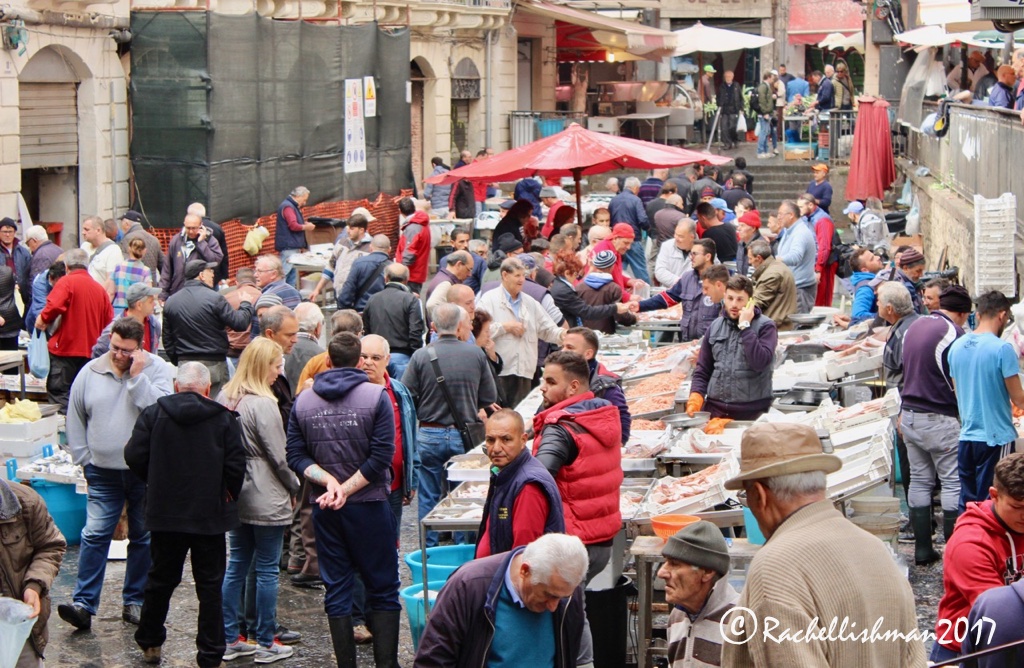
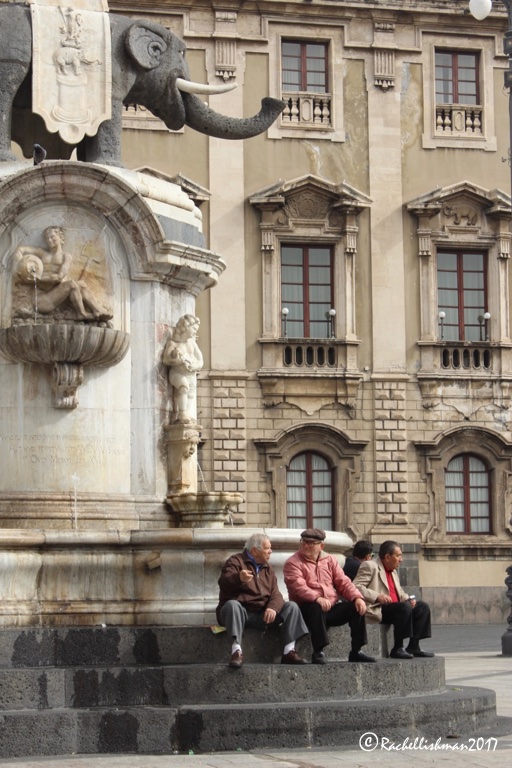
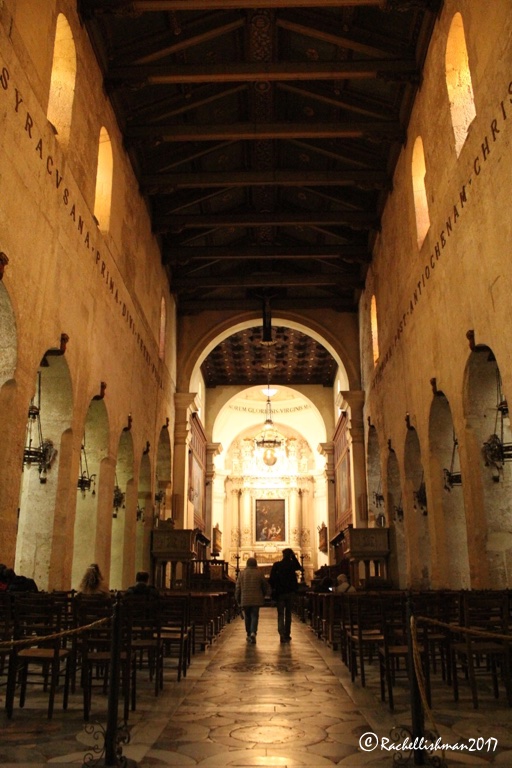

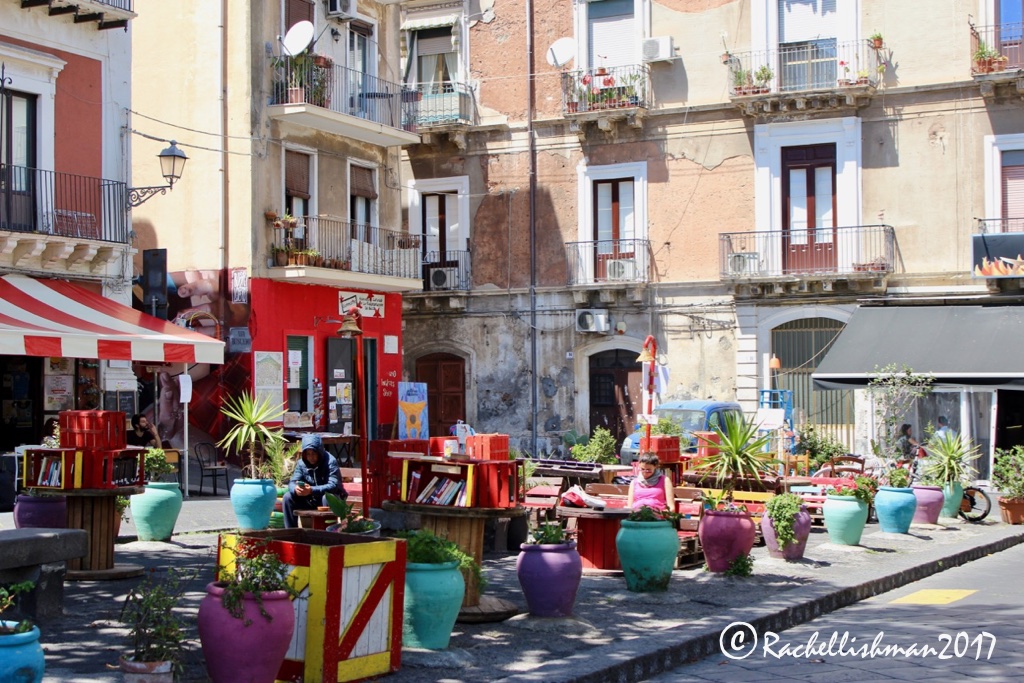

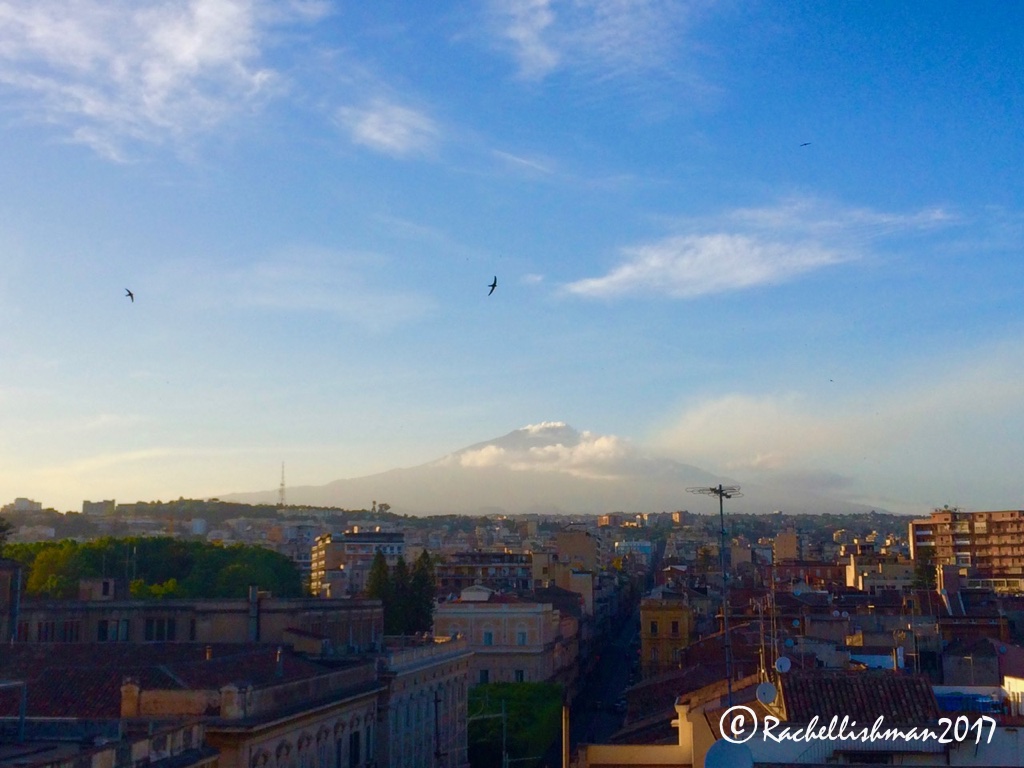
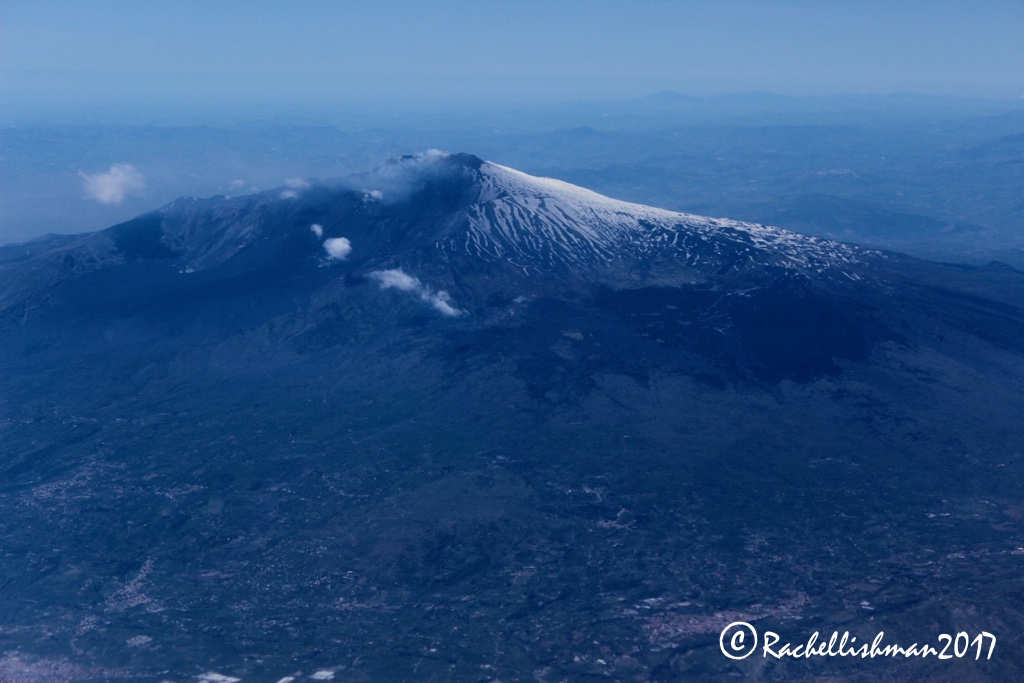
We didn’t make it to Catania but judging by the rest of what we saw in Palermo, Sicily is definitely an interesting place to visit
LikeLiked by 1 person
Agreed Kasia. I’m the opposite and now need to get to the north of the island on my next trip!
LikeLiked by 1 person
Definitely!
LikeLike